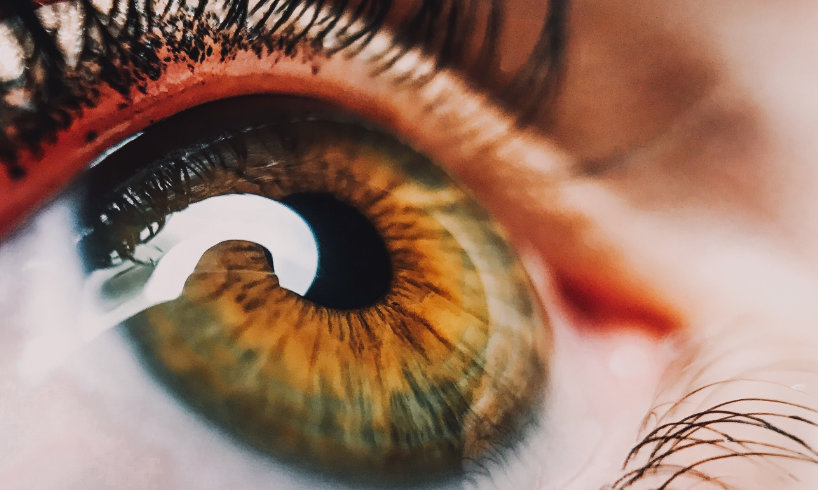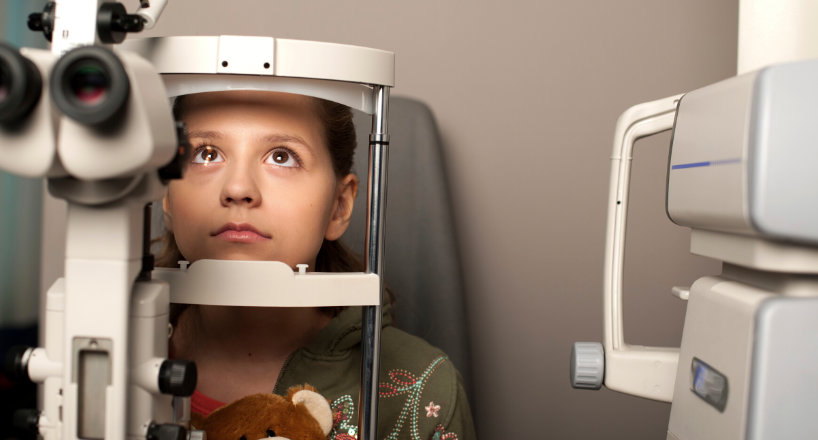
Measuring the success or applicability of LASIK, a popular form of refractive eye surgery, is essential to determine if the procedure has achieved its intended results. The following are some key metrics to consider when evaluating the success of LASIK:
- Visual Acuity: The most important measure of success is the patient’s visual acuity after the surgery. This can be evaluated by testing the patient’s ability to read an eye chart or perform other visual tasks.
- Refractive Error Correction: The degree of correction of nearsightedness, farsightedness, and astigmatism is another important metric to consider. A decrease in the prescription strength, or the patient’s ability to see clearly without glasses or contact lenses, is a sign of success.
- Quality of Life: It’s important to measure the impact that LASIK has had on the patient’s overall quality of life. This can include factors such as the ability to perform daily activities, confidence in appearance, and overall satisfaction with the surgery.
- Complications and Side Effects: While LASIK is considered to be a safe and effective procedure, it is important to monitor for any potential complications or side effects. This can include dry eye, visual halos, glare, or decreased night vision.
In conclusion, measuring the success of LASIK is a multi-faceted process that requires considering multiple metrics, including visual acuity, refractive error correction, quality of life, and potential complications or side effects. Regular follow-up appointments with an eye care professional are essential to monitoring the long-term success of the surgery.

Below are some guidelines to help you decide if LASIK is a good choice for you.
- Vision stability: Young grownups often experience annual changes in their prescription for spectacles or contact lenses. A 12-month period of preserving the exact same prescription is highly recommended prior to LASIK. Otherwise, there is a substantial danger of needing repeated LASIK surgical treatment in the future.
- Healthy Eyes: Problems, diseases, or conditions associated with your eyes could cause increased threats to both the real surgery and the healing process. If you have a condition that can be treated such as dry eyes, pink eye (conjunctivitis) or any eye injury talk to your physician. It is most likely best to wait up until the condition is dealt with to schedule your LASIK surgery. Conditions like cataracts, glaucoma, and other more severe conditions may disqualify you from LASIK altogether.
- Age: 18 is the minimum age of permission for LASIK. Younger clients may have the ability to get unique exemptions based on particular circumstances.
- Vision prescription range: An extremely high degree of myopia might require the elimination of too much corneal tissue. This may exclude your candidateship for LASIK or make another refractive surgery a better option. For example, lots of surgeons conclude that a phakic IOL treatment provides better outcomes and possesses less threat than LASIK for nearsighted prescriptions greater than -9.00 diopters.
- Pregnancy: Normal hormonal changes during pregnancy may cause swelling of the cornea which can modify vision. A dry eye is likewise typical during pregnancy. Furthermore, medications (antibiotics or steroids) that are administered for LASIK could trigger risk to the embryo or nursing infant. It is suggested to delay LASIK for a number of months after childbirth up until the eyes support and threats are reduced.
- Systemic and autoimmune diseases such as rheumatoid arthritis, type 1 diabetes, HIV, or AIDS may disqualify or postpone candidateship for LASIK. If your body has a problem recovery, your cornea may not recover appropriately after LASIK surgical treatment. Opinions vary amongst experts as far as which diseases automatically disqualify and which ones present acceptable threats. Discuss this in-depth with your doctor if applicable.